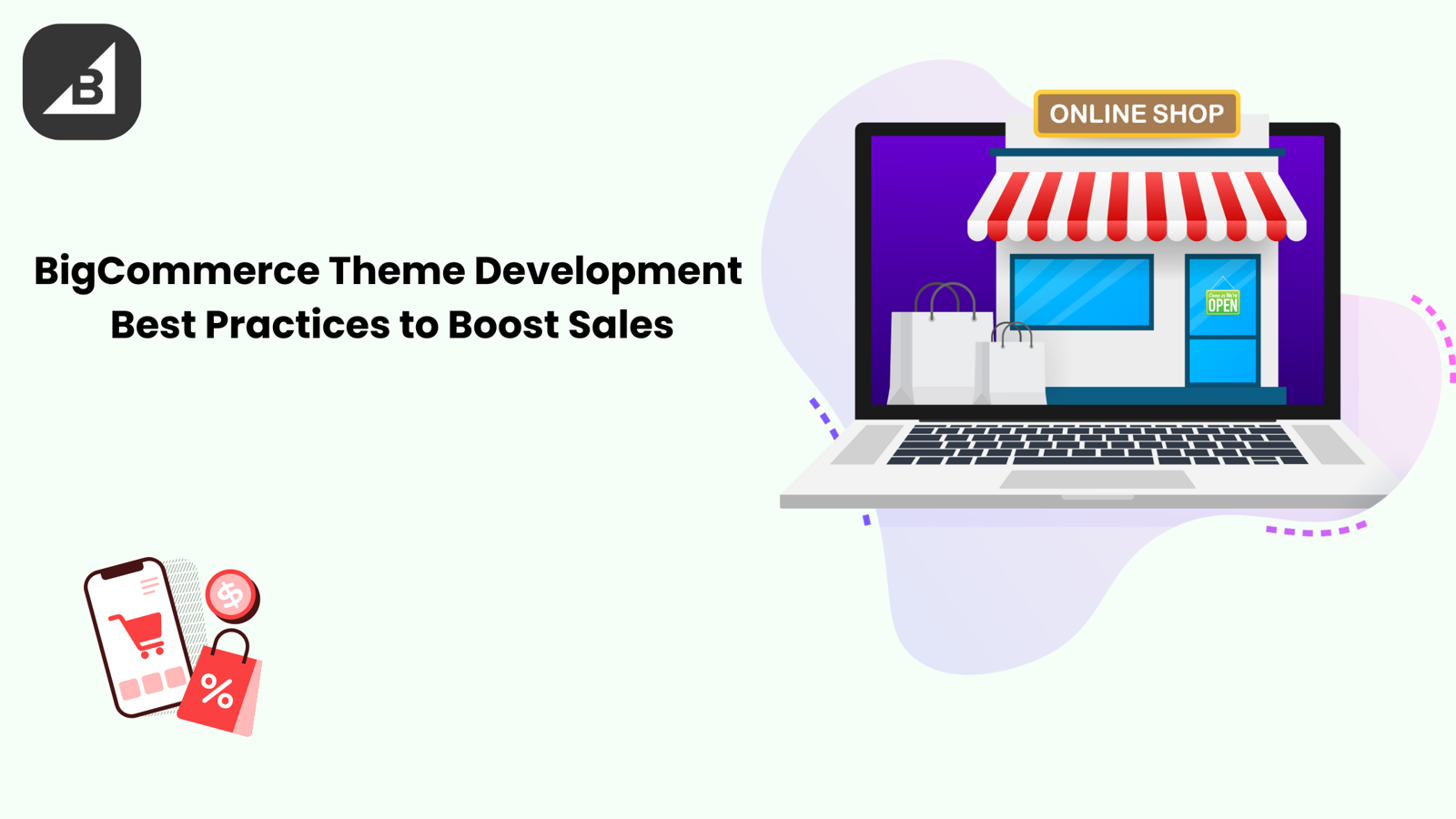
Maintaining your website is crucial for ensuring it stays secure, up-to-date, and performs well. However, the maintenance requirements can vary significantly depending on the platform you're using. Whether you're on WordPress, Wix, Shopify, or another platform, here's a guide to help you keep your site in top shape.
Best Website Maintenance Practices for Diverse Platforms
1. WordPress
WordPress is a powerful and flexible platform, but it requires regular maintenance to function optimally.
Updates: Make sure to update WordPress core, themes, and plugins regularly. This helps patch security vulnerabilities and ensures compatibility.
Backups: Schedule automated backups of your website and database. Tools like UpdraftPlus make this easy.
Security: Use security plugins like Wordfence or Sucuri to monitor and protect your site from threats.
Optimize Performance: Optimize your database, compress images, and use caching plugins like WP Super Cache to speed up your site.
SEO: Regularly check for broken links and ensure SEO plugins like Yoast SEO are up-to-date.
2. Wix
Wix offers a user-friendly interface, but you still need to keep an eye on a few key areas.
Content Updates: Regularly refresh your site’s content to keep it engaging and relevant.
Leverage SEO Tools: Use Wix’s built-in SEO tools to monitor and improve your search engine rankings.
Backup and Restore: Utilize Wix’s automatic site save and manual save features to back up your site.
Mobile Optimization: Ensure your website is optimized for mobile devices using Wix’s mobile editor.
App Updates: Keep any installed apps updated to benefit from new features and security updates.
3. Shopify
Shopify is fantastic for e-commerce, but like any other platform, it needs regular maintenance.
Theme Updates: Regularly update your theme to keep your site looking fresh and secure.
App Management: Frequently check and update your apps to the latest versions.
Product Management: Keep your product listings, prices, and inventory up-to-date.
Security: Enable two-factor authentication and regularly update passwords to protect your store.
Performance: Optimize images and use performance apps to improve load times.
4. Joomla
Joomla is known for its flexibility, but it requires diligent maintenance.
Stay Updated: Keep Joomla core, templates, and extensions up-to-date.
Security First: Use extensions like Akeeba Backup for regular backups and Admin Tools for enhanced security.
Boost Performance: Optimize your database, enable caching, and compress images to keep your site running smoothly.
SEO Best Practices: Use SEO extensions to improve your search engine visibility.
Regular Backups: Schedule regular backups to protect your data.
5. Magento
Magento is a robust ecommerce platform, but it needs regular attention to stay in top shape.
Updates: Regularly update Magento to the latest version for security patches and new features.
Security: Apply security patches promptly and monitor for vulnerabilities.
Performance: Use caching (e.g., Varnish), optimize your database, and compress images.
SEO Optimization: Implement SEO best practices using Magento-specific tools and extensions.
Frequent Backups: Schedule automated backups to prevent data loss.
6. Squarespace
Squarespace simplifies web design but still requires regular maintenance.
Content Refresh: Regularly update your content to keep it fresh and engaging.
SEO Tools: Utilize Squarespace’s built-in SEO features to optimize your site.
Security Checks: Ensure SSL is enabled and monitor for any security alerts.
Stay Updated: While Squarespace manages updates, review any custom code periodically.
Backup Content: Manually export your site’s content periodically for safekeeping.
7. Drupal
Drupal offers high customization but needs careful maintenance.
Frequent Updates: Keep Drupal core and modules updated to maintain security.
Enhance Security: Use modules like Drupal Security Kit to protect your site.
Performance Optimization: Optimize your database, use caching, and compress images for better performance.
SEO Improvements: Utilize SEO modules to enhance your site’s visibility.
Schedule Backups: Regularly backup your site and database to avoid data loss.
Trust Professionals for Your Website Maintenance Needs
Maintaining a website involves more than just occasional updates; it requires expertise and vigilance to ensure your online presence stays secure, performs well, and grows with your business. Here’s why partnering with professionals for website maintenance services is crucial:
1. Expertise in Platform-Specific Needs
Different platforms like WordPress, Shopify, or Joomla have unique maintenance requirements. Professionals understand these nuances, ensuring your site is optimized and secure according to the platform's best practices.
2. Proactive Monitoring and Security
Professionals employ advanced tools and strategies to proactively monitor your website for security vulnerabilities and performance issues. This proactive approach prevents downtime and protects your site from cyber threats.
3. Focus on Business Growth
Outsourcing website maintenance allows you to focus on core business activities. Professionals handle technical tasks like updates, backups, and optimization, freeing up your time to innovate and grow your business.
4. Compliance and Quality Assurance
Experts keep your website compliant with industry standards and ensure high-quality performance. This includes adhering to SEO best practices, optimizing user experience, and maintaining accessibility standards.
5. Peace of Mind
By entrusting your website maintenance to professionals, you gain peace of mind knowing that your site is in capable hands. You can rely on their expertise to resolve issues swiftly and maintain uninterrupted service for your visitors and customers.
General Website Maintenance Best Practices
Consider Budget-Friendly Solutions: When selecting plugins or tools to maintain your CMS, it's essential to balance their effectiveness with their associated costs. Choosing tools that provide robust features at a reasonable website maintenance cost ensures you can manage your budget effectively while optimizing your website's performance.
Regular Monitoring: Regularly monitor your website for uptime and performance issues.
User Experience: Ensure that your website is user-friendly and accessible across all devices.
Analytics: Use tools like Google Analytics to track and analyze website performance.
By following these maintenance practices, you can ensure your website remains secure, functional, and optimized across different platforms.














Write a comment ...